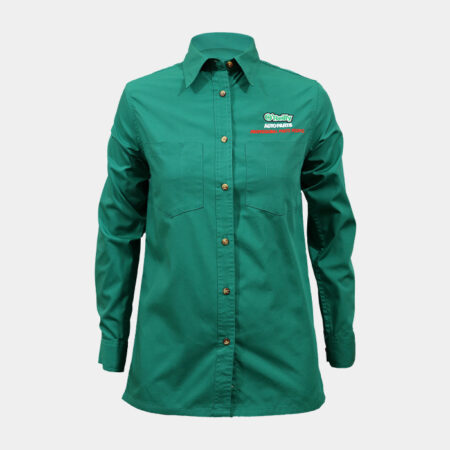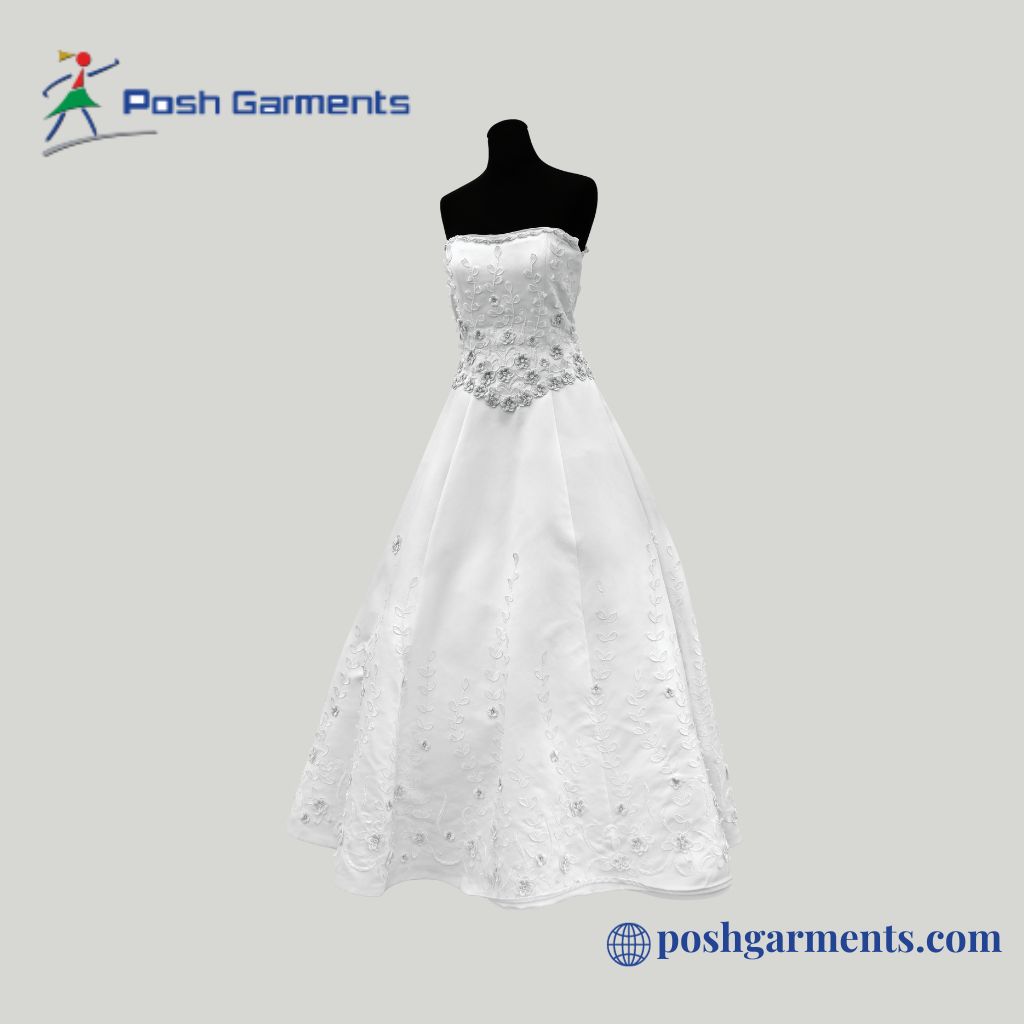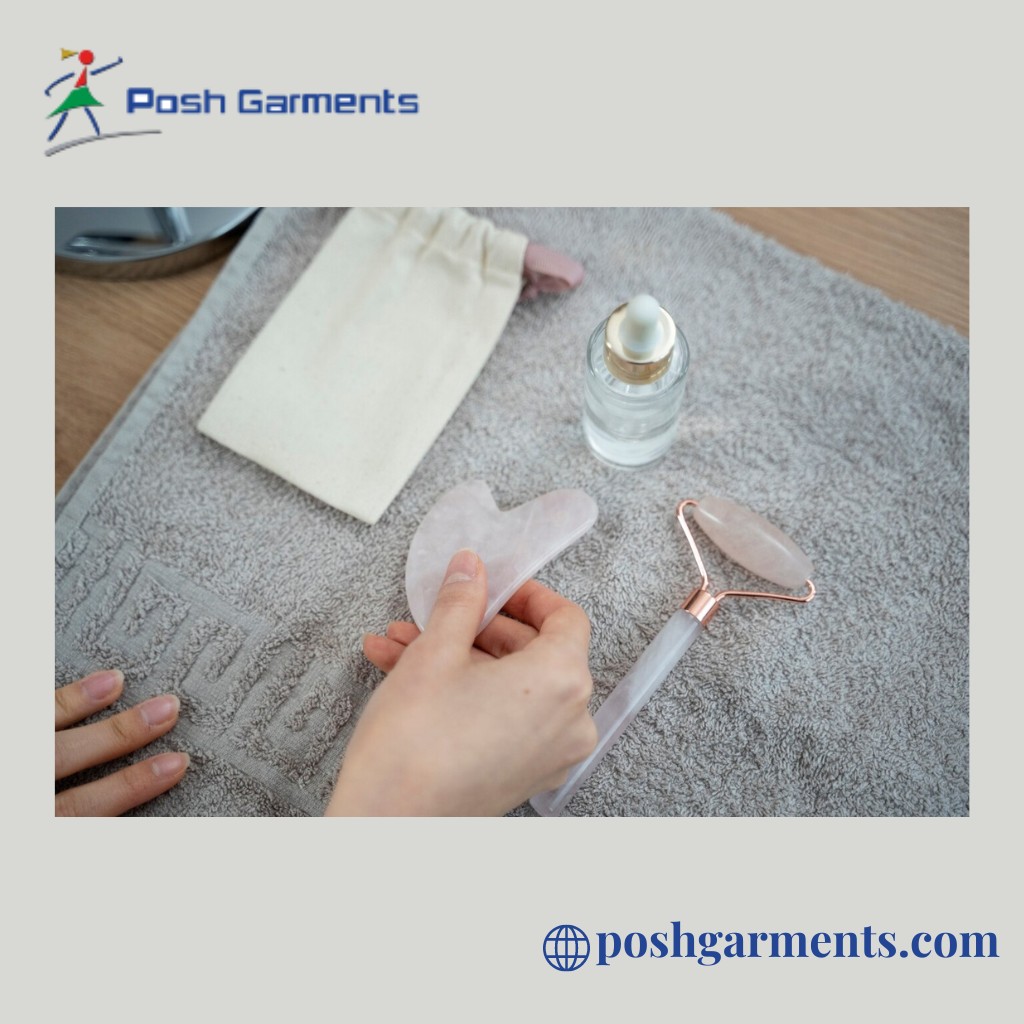How to Care for Your Clothing: Maintenance and Cleaning Tips
With the average lifetime for a clothing garment in the UK estimated as just 2.2 years; and an estimated £140 million worth of clothing ending up in landfill each year – taking good care of your clothes has never been more important.
Keeping your clothes for longer can help to dramatically reduce the emissions that occur during a piece of clothing’s









